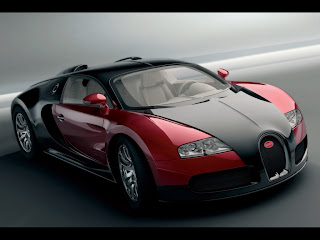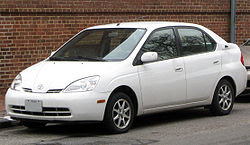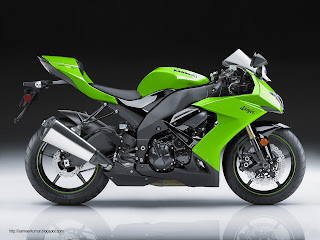
Bugatti veyron EB 16.4 is powerful car, with engine 8000 cc the car can acheived the maximum speed around 408.5 km/h or 253.8 mph. The engine was generated with 16 piston in 'W' position and 64 valves and with quad-turbocharged. The maximum output of this car is around 980hp which is very highest compare to other car such as Ferrari, Porsche and Lamborghini. The special about this car is the Bugatti has a total of ten radiators which functions as the engine cooling system, heat exchanger for the air to liquid inter-cooler, air conditioning system, transmission oil radiator, differential oil radiator and engine oil radiator.
This car was developed by Bugatti Automobiles and the partner is Volkswagen Group. It was named as "Car Of The Decade" by the BBC television programme Top Gear . Two hundred and twenty Veyrons are known to have been built and delivered since production began in 2005 and ended in late 2008. Special variants of the Veyron include the Pur Sang, the Fbg Par Hermes, the Sang Noir, the Targa, the Vincero, and the Bleu Centenaire. It will be replaced with the Grand Sport, which is essentially a Veyron convertible.
This car was developed by Bugatti Automobiles and the partner is Volkswagen Group. It was named as "Car Of The Decade" by the BBC television programme Top Gear . Two hundred and twenty Veyrons are known to have been built and delivered since production began in 2005 and ended in late 2008. Special variants of the Veyron include the Pur Sang, the Fbg Par Hermes, the Sang Noir, the Targa, the Vincero, and the Bleu Centenaire. It will be replaced with the Grand Sport, which is essentially a Veyron convertible.








